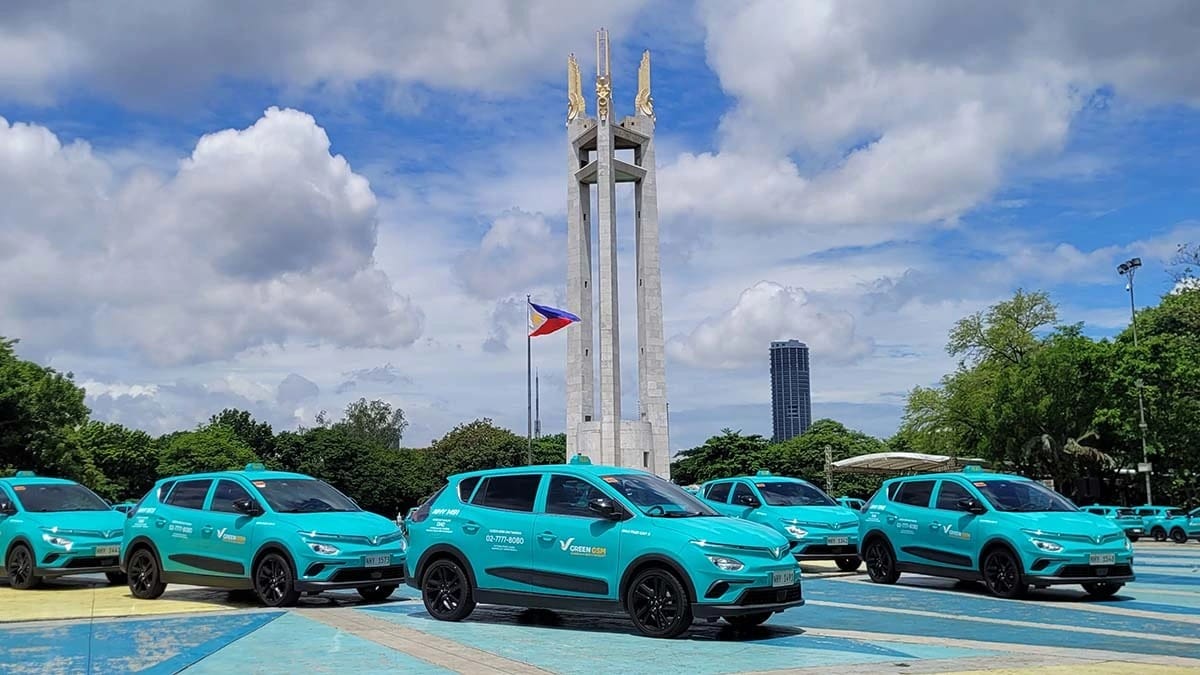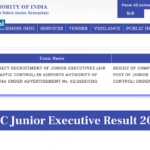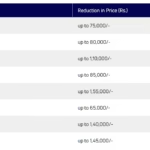In a significant leap for Southeast Asia’s electric mobility evolution, Vietnam’s Vingroup—through its mobility subsidiary GSM (Green and Smart Mobility)—is spearheading the first all-electric taxi fleet in the Philippines. With a massive investment of around ₹3,300 to ₹4,100 crores (equivalent to $400–500 million), the initiative aims to deploy 15,000 VinFast electric vehicles (EVs) as taxis in Metro Manila by the end of 2024. Plans are also underway to expand operations to major cities like Cebu and Davao in the near future.
The Rise of GSM and the Green Mobility Empire
GSM was launched in April 2023 by Pham Nhat Vuong, the richest man in Vietnam and the chairman of Vingroup. The company made waves with the introduction of Green SM Taxi in Hanoi—Vietnam’s first electric taxi service composed entirely of VinFast EVs. This initiative marked the beginning of GSM’s aggressive green mobility strategy.
Within just six months, GSM expanded beyond Vietnam’s borders. By November 2023, it launched operations in Laos with a fleet of around 1,000 EVs under the “Xanh SM” brand. Following this, GSM entered the Indonesian market in April 2024. These rapid developments positioned GSM as a growing regional force in electric transport across Southeast Asia.
Driven by its “Go Green Global” vision, GSM has set an ambitious goal to operate in nine countries by 2025. The Philippines is one of its most strategic markets, given its large urban population and growing demand for clean transport alternatives.
The Philippines Rollout: Scope and Strategy
GSM aims to deploy 15,000 electric taxis across the Philippines over the next 2 to 3 years, with nearly 80% of the initial fleet targeted for Metro Manila by late 2024. This move is aligned with the Philippine government’s clean transport initiatives and incentives rolled out by the Board of Investments (BOI) to accelerate the country’s shift toward environmentally responsible mobility solutions.
The deployment plan gained traction following diplomatic discussions during Philippine President Ferdinand Marcos Jr.’s visit to Vietnam in early 2024. These high-level talks emphasized the importance of technology transfer, clean energy investments, and long-term EV partnerships between the two nations.
In other countries, GSM has categorized its taxi services into “Standard” and “Luxury” tiers using various VinFast models such as the VF e34, VF 5 Plus, and VF 8. The Philippine model is expected to follow a similar approach, catering to a wide range of commuters from daily passengers to premium service seekers.
Why GSM Green Matters
🌍 Environmental Benefits
One of the biggest advantages of EV adoption is the elimination of tailpipe emissions. In Vietnam, GSM’s fleet covered more than 30 crore kilometers within its first year of operation, resulting in a reduction of approximately 52,000 tons of carbon dioxide emissions—comparable to planting over 26 lakh trees.
Replicating this impact in Metro Manila—one of Southeast Asia’s most congested and polluted megacities—could drastically improve urban air quality and contribute to global climate goals.
🔇 Reduction in Noise Pollution
EVs are significantly quieter than traditional fuel-powered vehicles. This results in reduced noise pollution across busy urban roads, offering a better commuting experience for passengers and a more peaceful environment for residents.
💡 Strategic Market Positioning
By entering the Philippine ride-hailing market—which is estimated to be worth over ₹5,900 crores (approximately $710 million) in 2024—GSM is positioning itself as a serious eco-conscious competitor to established players like Grab and JoyRide.
⚡ Catalyst for EV Infrastructure
GSM is also driving the setup of a dedicated EV charging network—known as V-Green—to support its growing fleet. This infrastructure push will not only benefit the taxi segment but also encourage private EV adoption in the Philippines.
Challenges Ahead
💰 Financial Viability
Despite the eco-friendly promise, GSM’s operations have reportedly incurred financial losses in other countries. On average, each electric taxi is said to generate a revenue of just around ₹36,000 per month—barely covering the costs of maintenance, interest, and driver salaries.
Low vehicle utilization has also been flagged as a problem. In some regions, EV taxis operate for only 37 to 49 kilometers per day—well below the industry average required for sustainability.
🚗 Fleet Oversupply
Another concern is the underutilization of vehicles. In markets like Vietnam and Laos, many EV taxis remain parked due to a shortage of trained drivers. GSM must ensure adequate staffing and driver incentives to avoid the same scenario in the Philippines.
⚡ Charging Bottlenecks
Limited charging infrastructure is a significant challenge. Even in areas where charging stations exist, competition for slots can delay operations. The Philippines, with its variable power supply and high electricity rates, could face infrastructure bottlenecks unless investments are accelerated.
💼 VinFast’s Financial Health
VinFast, GSM’s EV supplier, has also faced scrutiny over its financial sustainability. The company posted a staggering loss of over ₹47,000 crores ($5.7 billion) over a three-year period. Its strategy of pushing internal vehicle sales—such as to GSM—has been criticized as risky and potentially unsustainable.
What Needs to Be Done: Strategies for Success
- Optimize Fleet Utilization: GSM must strike a balance between expansion and operational efficiency. Better planning of service zones and flexible driver recruitment programs can improve vehicle utilization rates.
- Accelerate Charging Infrastructure: Building a robust, fast-charging network across Metro Manila, Cebu, and Davao is essential to avoid operational delays and support the growth of EV demand.
- Collaborate with Local Operators: Partnering with existing taxi companies and ride-hailing services can address driver shortages and expand reach quickly.
- Explore Revenue-Sharing Models: Transferring part of the financial risk to driver-partners through revenue sharing or installment-based vehicle ownership schemes may reduce GSM’s cost burden.
- Brand Positioning: Marketing EV taxis as premium, safe, and eco-conscious options can attract a new class of customers willing to pay slightly higher fares for sustainable mobility.
Conclusion: A High-Stakes Bet on a Cleaner Future
GSM’s venture into the Philippine mobility market represents a crucial chapter in Southeast Asia’s EV evolution. It offers an opportunity to improve air quality, modernize transport infrastructure, and build a sustainable business model in a booming ride-hailing economy.
However, the road ahead is riddled with challenges—ranging from financial losses and underutilized fleets to inadequate infrastructure. To succeed, GSM must operate with strategic clarity, local partnerships, and a relentless focus on cost-efficiency and customer satisfaction.
If these elements come together, GSM Green could well become the blueprint for electric taxi services not just in the Philippines, but across the entire region. It’s a bold gamble, but one that could deliver massive environmental and economic rewards in the years ahead. GSM (Green and Smart Mobility)










